Selective Focus: A Year of Sunrises with Ron Benson
Ron Benson, a Duluth glass and ceramic artist, began posting daily photos of sunrises over Lake Superior to Facebook during the first winter of the pandemic. I hadn’t known him as a photographer, so I was surprised. He posted these images almost every day, and they were amazing. I knew, and eventually thousands of people knew, that he’d be out perched on rocks as ice water slammed or sloshed, aiming a camera at the sunrise, every day. It was impressive.
The posting of these photos to Facebook continues, and while the conditions are kinder, the sunrise is now pretty damn early! These images were very beautiful, and heartening — you know, loyalty to a practice that serves others is heartening. Hence this collection.
Interview with Ron Benson
How long have you lived in Duluth?
I’ve lived in the woods for about 20 years. Prior to that I was in Minneapolis for a couple decades. I’d been living in a warehouse for about 7 years and came to the realization that being surrounded by cement, glass, steel and the constant hum and grit of the city was slowly killing me. I had to escape the urban life. Now I’m surrounded by trees, wildlife and water. It is absurdly idyllic.
What is a perfect Duluth day for you?
A Perfect Duluth Day (as well as night) for me involves one or more trips to the shoreline. I am a hunter and gatherer of aesthetic experiences created by the interaction of lake and sky. The atmospheric effects just prior to, at and shortly after sunrise can be surreal and I love documenting them. The photos I share are the real deal. No altered colors. No radioactive Photoshop manipulations. It’s a vain point of pride that I never do post-production, paint-by-number cheats. The viewer sees what I experienced. The other PDD aspect for me is that usually I have the shore to myself at those early hours.
When did you start doing these sunrise photos?
I started doing the sunrise photoshoots 2 or 3 years ago. The inspiration might sound a little corny. I was headed home from a road trip, passing through Duluth at dawn, I stopped at Brighton Beach for a breather just as the sun started rising through the fog on a mirror-smooth lake. On the radio, a symphonic piece by Sibelius called Andante Festivo came on. The combination of the visuals and the beautiful music completely floored me. I was filled with a rush of emotions unlike any I’d experienced before. Doing sunrise photo and video documentation is kind of a way to reproduce that feeling.
Do you do these photos every day?
I take days off but not many. The decision to skip a morning is mainly driven by the weather. A cloudy sky or rain are the main impediments to the endeavor. There can be beauty in a grey day but not much variety. Partly cloudy skies and/or severe weather provide the better opportunities for Mother Nature’s best visual hallucinations. I revel in going out in conditions that are absolutely brutal. Monster waves and gale force winds have pushed me around. The lake has tossed fist-sized rocks and chunks of ice at me. I wear arctic explorer–type gear in the winter along with spiked boots that allow me to get very close to the action. People often express concern about my safety but I try make what I call “optimal risk decisions.” Close calls? Yes. The collapsing ice arch video is a good example. I didn’t get smooshed because I knew to keep a safe distance. There are other tales for another time LOL.
What’s the most memorable human moment from these experiences?
Memorable human moment? That’s a tough one to answer because usually I am the only human on the shore where and when I shoot the pics and video. I guess, initially at least, the most profound effect is on me. I find that immersing myself in these incredible, fleeting moments to be so totally energizing. I am not a morning person but man oh man do I feel rejuvenated by the things I witness at the shoreline. It can be pretty intense. All this ties into your next question.
How did people react to this work during the course of the pandemic?
I share the Lake Superior images, stills and videos, on about six different Facebook pages. The response has been overwhelming. I get notes and letters of thanks and gratitude from people all over the country and abroad. People love the big lake. All the messages are awesome but particularly the ones from people who have mobility issues, the elderly, folks in wheelchairs, residents in nursing homes, hospitals, etc. When a patient undergoing chemotherapy said that my calming videos helped them endure great discomfort, I realized the photo shoots were no longer just about me. I do feel an obligation to share. The motivation comes from many sources. Requests from therapists wanting to use my videos as a tool to help their patients is not uncommon. I discovered that my pastime had become an essential service. I am reminded daily of my good fortune and am happy to share. It feels pretty good.
You use other mediums as an artist. Can you tell us about them?
I had made a living as a visual artist most of my adult life creating and selling jewelry, glass sculpture, and ceramics to about 350 gift stores, galleries and museum shops around the country. For about ten years I was commissioned to do public art installations. I had a good thing going for quite a while. Eventually all that production wore my hands out, as happens to many people whose careers depend heavily on hands as a tool. For a while I lost the use of my right hand to a crazy systemic infection which was resolved by surgery, chemotherapy, and physical therapy. I guess that perfect storm of conditions partly drove me to photography. These days I’m in pretty good shape and grateful to be alive. Once in a while I push paint around a canvas to make modest paintings inspired by my photographs.
How does this photography relate to these other practices?
I can’t really say that my photography really relates to my artwork so much. For one, I don’t think of my photography as art. There is art direction and composition, I suppose. But I am not creating anything. An artist is creating something from nothing; sculpting a material, painting, recombining words or musical notes. With my photography, I’m just documenting something that exists. Both physical art objects and photography are visual prompts that can create an aesthetic experience in the mind of the viewer. In my view, visual art in its purest form is about one thing, an aesthetic experience. What are the consequences of the color blue? It has nothing to do with language, it’s not a tool. It stimulates reward sensations in parts of the brain that have nothing to do with language or meaning. Where the two mediums, art and photography, meet are in delight and contemplation. A picture can be worth a thousand words but meaning comes later.
Recommended Links:
Leave a Comment
Only registered members can post a comment , Login / Register Here


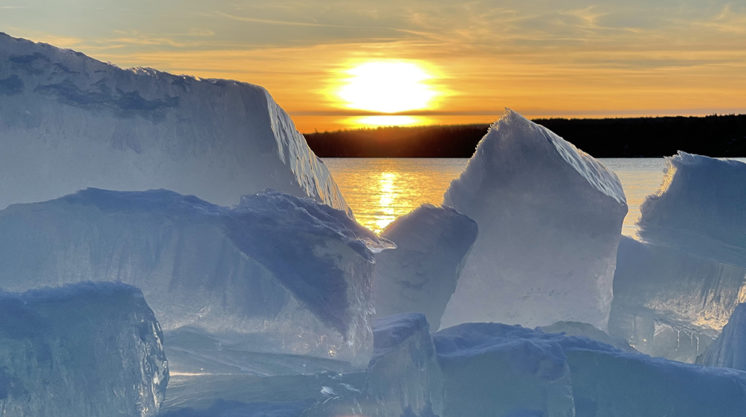
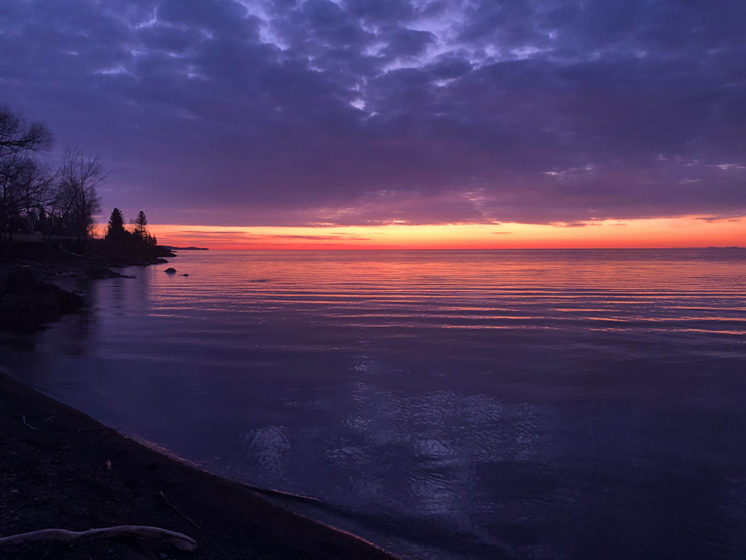
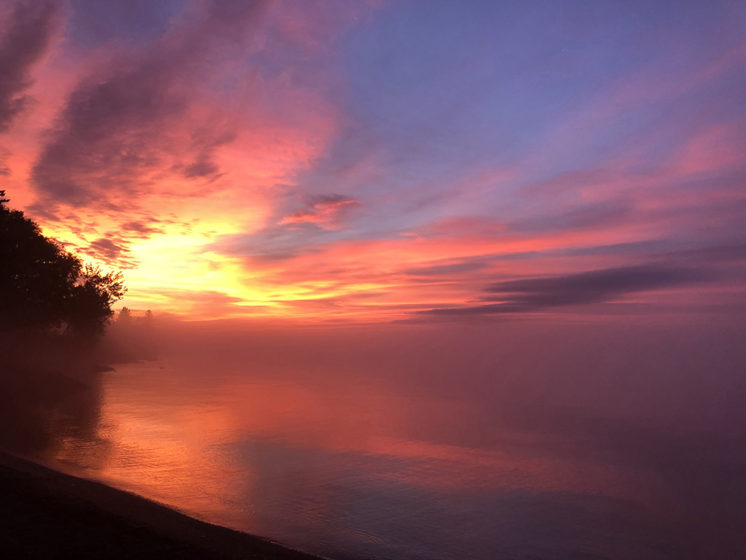
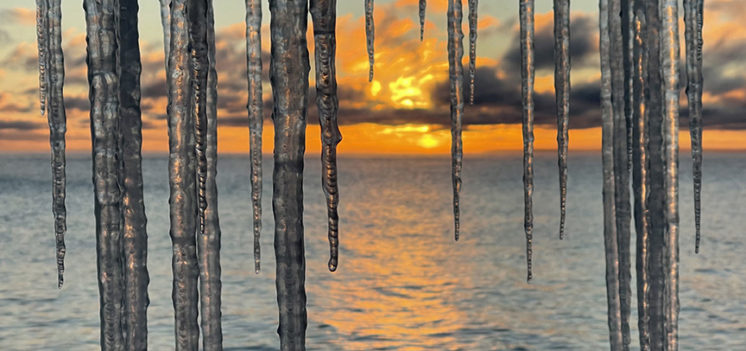
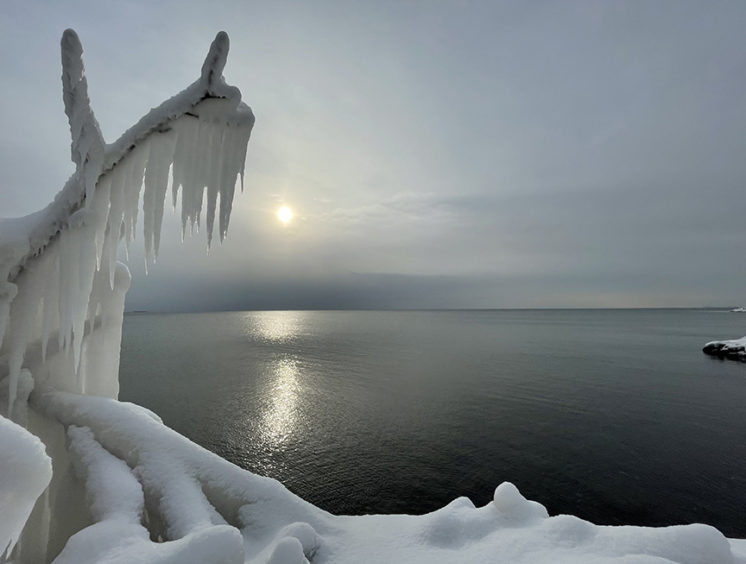
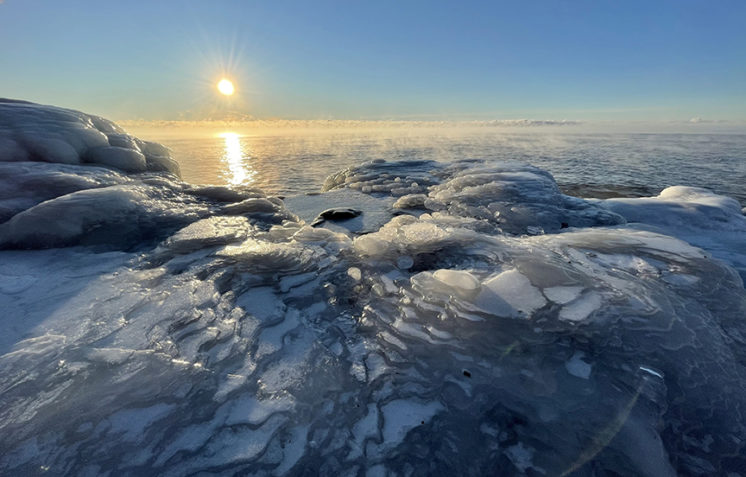
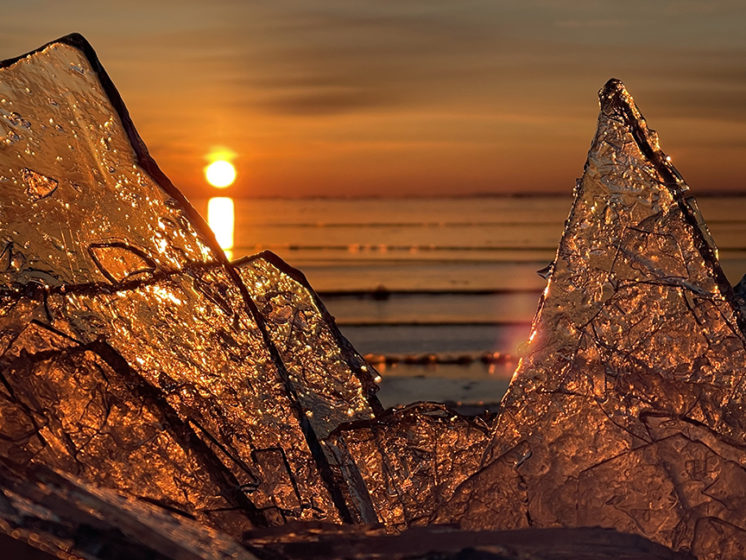
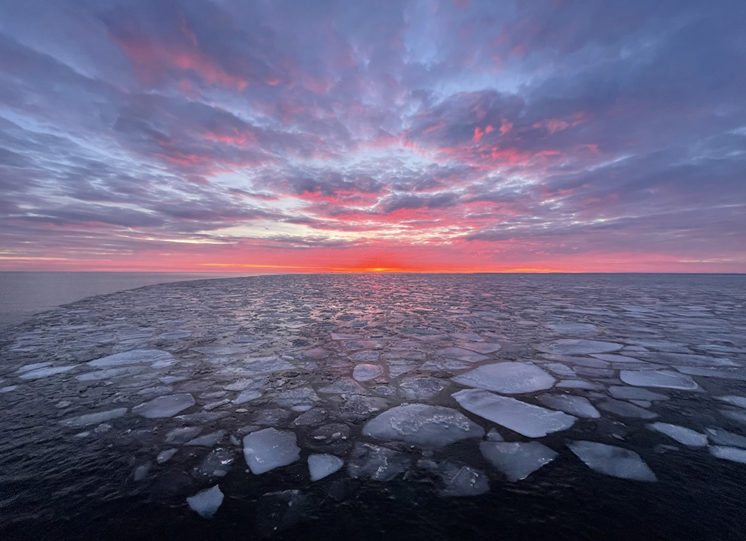
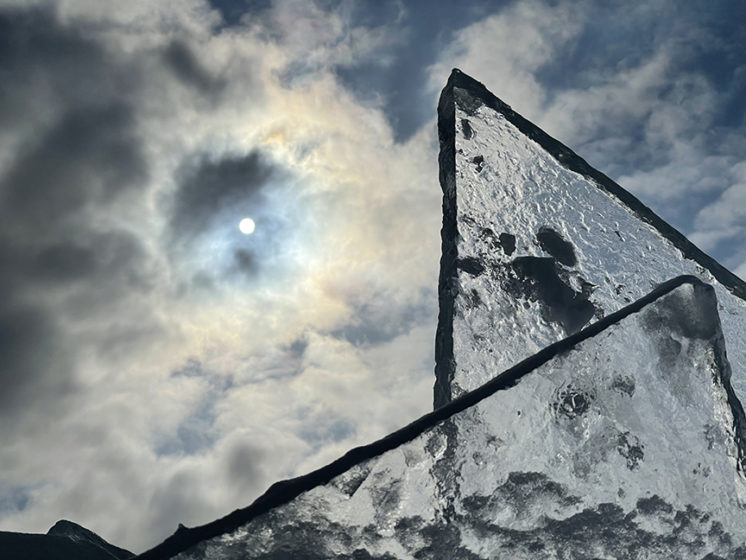
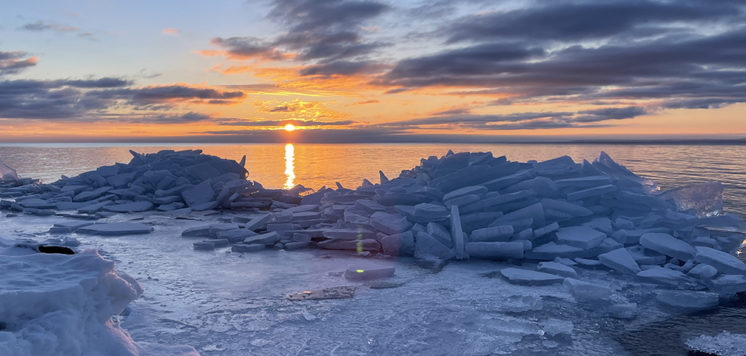
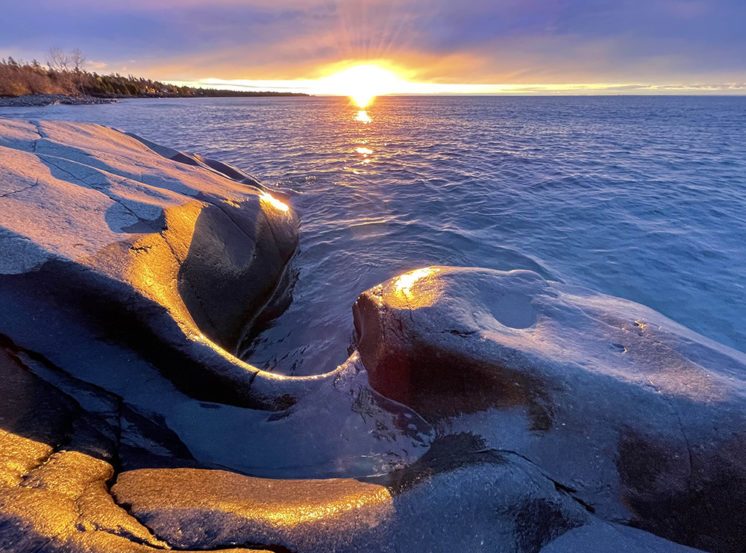



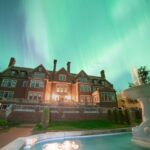







No Comments